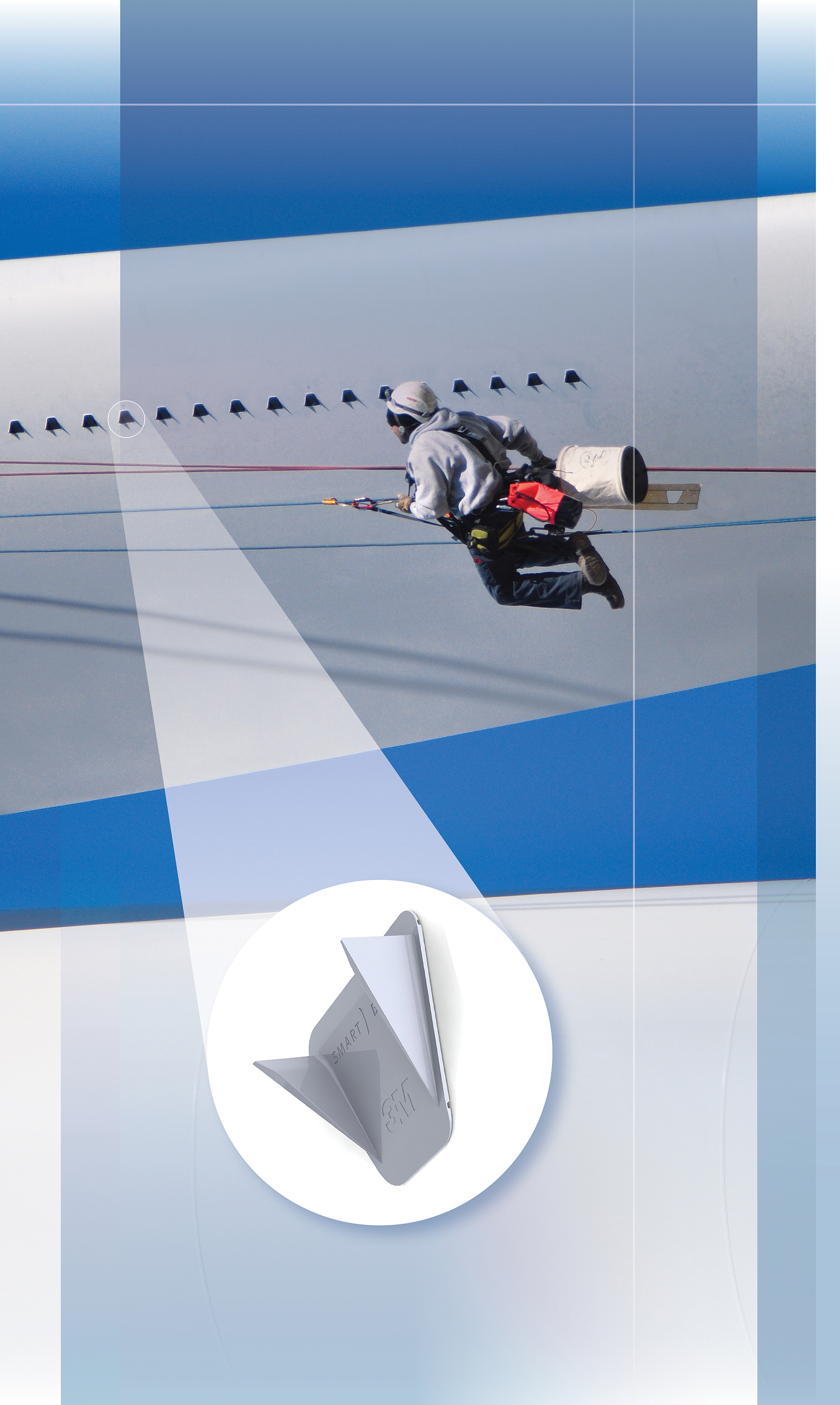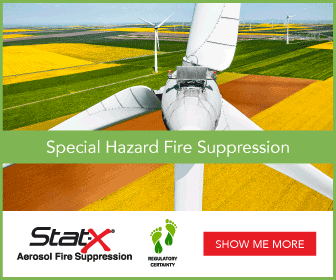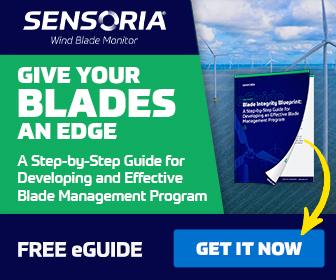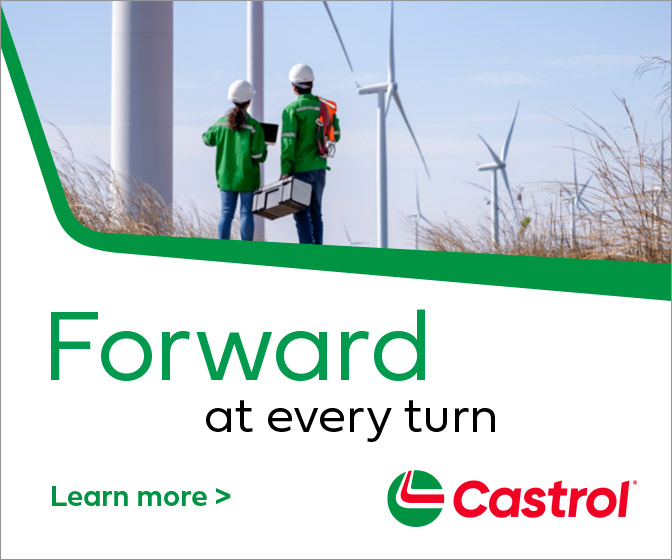Maximizing Annual Energy Production - Using vortex generators

Despite the deceptively simple design of a wind turbine blade, there are a multitude of factors affecting the efficiency and annual energy production (AEP) of the device. Essentially, the problem lies in the construction of the blade as its design is not, and cannot be, exclusively aimed at maximizing aerodynamics. Additionally, the ideal structural twist and chord length that is required for optimal flow is very expensive to realize. In consequence, there is always potential for aerodynamic improvements to maximize performance.
Due to shape and operation limitations, the blades of large, pitch-regulated wind turbines often have suboptimal aerodynamic properties at the blade root. As a result, aerodynamic stall, or an undesired airflow separation can occur and additional issues such as blade surface roughness and leading edge erosion can exacerbate the problem. Ultimately, these losses in efficiency will impact the bottom line for wind turbine owners by contributing to a loss of annual energy production.
In an effort to address the challenges associated with wind turbines, an advanced design and installation process for vortex generators (VGs) has been created.
VGs are small attachments made from durable materials which energize the laminar air flow around the blade, and reduce air flow separation. Due to the unique shape and properties of every wind turbine blade, the positioning of VGs is customized for each individual blade design. Most importantly, the placement of VGs on the blade is determined using a proprietary analysis process and flow visualization which provides the best performance increases.
A custom-designed solution
Industry leaders in wind technologies are always looking for innovative solutions to address the pain points of wind turbine owners. By partnering with other companies, they are able to leverage each group’s respective strengths – materials expertise, aerodynamic proficiency, and installation accuracy and efficiency.
Unlike traditional vortex generator applications, the current solution works as follows:
- Aerodynamic studies and flow visualization analyses are conducted in the field to identify issues. Based on the results, each VG is tailored to the blade to improve its performance and energize flow over the blade.
- Vortex generators are applied using acrylic foam tapes which provide a key component for success. Unlike other adhesives, acrylic foam tapes can accommodate the flexing and residual forces acting on the blade surface in challenging weather conditions, while still providing very high adhesive strength. This attachment solution also gives the VG the ability to better withstand variable forces and temperature changes.
- It’s important for a defined process and repeatable template for execution be devised. With this, installation companies can perform installations safely and efficiently – with an average of just one day per turbine – minimizing downtime.
Realizing the full potential of vortex generators
When properly installed, VGs improve the performance of wind turbine blades by energizing the flow around its surface and reducing aerodynamic separation. This improves the turbine’s performance in terms of power, loads and service life.
Additionally, VGs have the potential to be a cost effective investment for turbine owners. A paper published in 2014 reported the findings of a study analyzing 85 wind turbines. After comparing data from pre- and post-installation, results demonstrated the VG solution enhanced annual energy production (AEP) by 2.2 percent. The analysis concluded when this AEP increase is applied to a standard wind farm with 60 GE 1.5MW turbines, a VG installation could pay for itself in under two years.
Due to recent advancements in vortex generators, wind turbine operators finally have a reliable, fast-installation solution which maximizes wind turbine performance and gives a substantial boost in AEP. Furthermore, the product offers a variety of comprehensive benefits including:
- Stabilized aerodynamics which balance load effects of unsteady wind conditions;
- Reduced noise due to less blade stall;
- Adaptability to different blade types independent of turbine OEM;
- Payback time of approximately one to two years including installation, materials and downtime; and
- Proven performance based on case studies based on actual performance improvement.
The bottom line is, vortex generators are an economically viable upgrade which will maximize ROI and reduce the costs associated with wind energy.
Santhosh Chandrabalan leads the 3M Wind business in his capacity as the Global Business Manager. Chandrabalan’s background is in Composites and he has spent a significant portion of his career in various leadership capacities in the wind, composites and solar industries. His past experiences include research in composites, process engineering, engineering management, and global key account management. He is an active member and held leadership positions in many global Wind/Composites communities and consortiums. He holds a BS in Composites Material Engineering from Winona State University, and MS in Engineering Management from Southern Methodist University.
3M | www.3M.com
Author: Santhosh Chandrabalan
Volume: January/February 2016









.jpg?r=9919)


